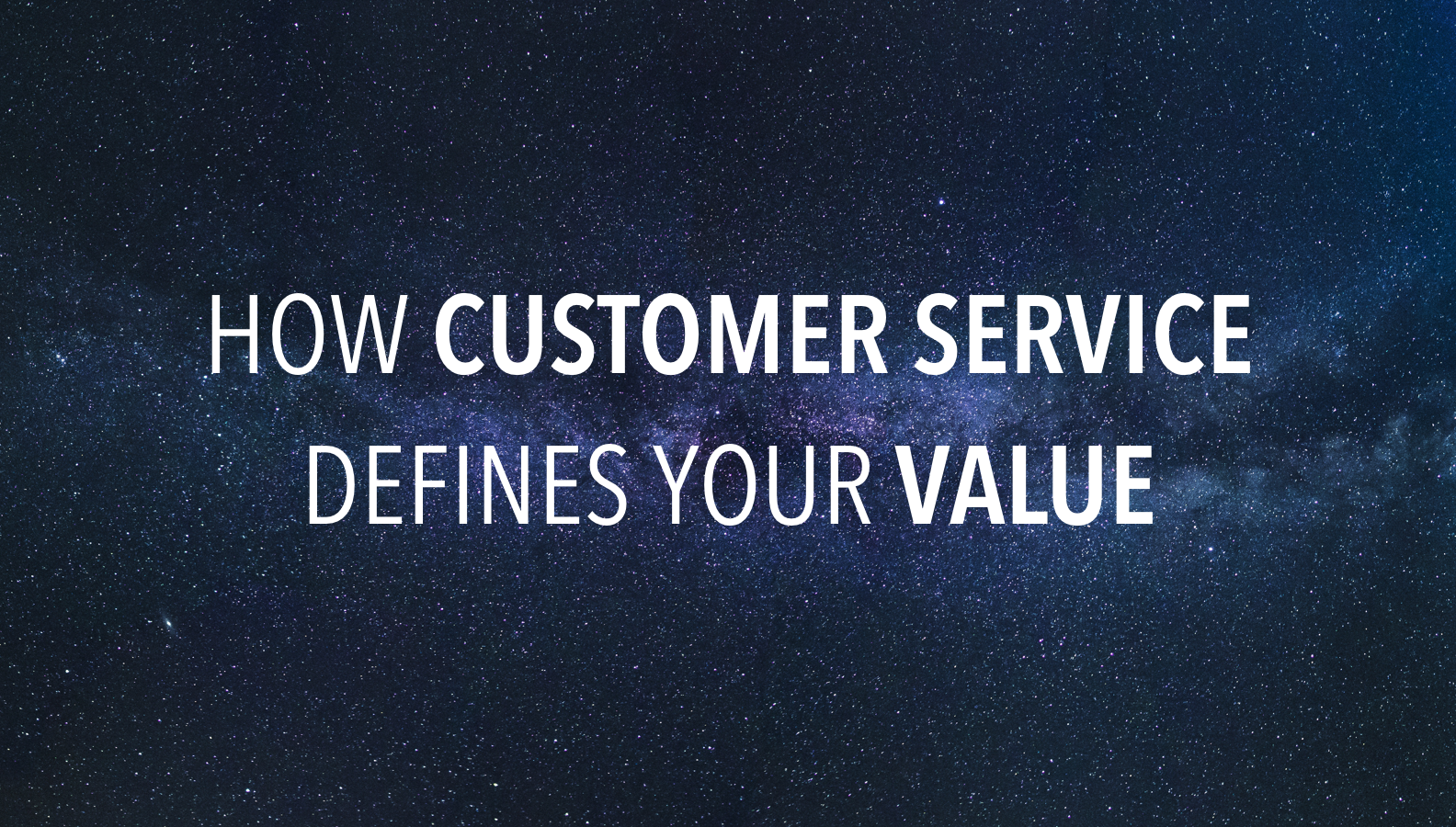- Solutions
- For Industry
- By Need
- Products
- VarbaseEnterprise CMS Distribution for Drupal
- Uber PublisherEnterprise Digital Media Platform Builder
- VardocDrupal Knowledge Base Platform
- Campaign StudioOpen Marketing Platform - by Acquia
- Open SocialSocial Business Platform - by Open Social
- Services
- Strategy
- Design
- Development
- Migration
- Support and MaintenanceSupport and Maintenance
- DevOps
- Digital Marketing

Datasheet

- Clients
- Ideas
- About
- Contact Us

A Drupal Glossary: An Introduction to Web Lingo
When you work in the world of web design and development, it’s easy to forget that terms like “sprint” or “module” or "bundle" mean something entirely different to the vast majority of people, and that ordinary people can be overwhelmed and confused by the lingo—and this can make the process of researching, migrating, or updating your website much more complicated and stressful than it needs to be. Like any language or dialect, web development has its own taxonomy and slang, and whether you're a fledgling web developer or someone considering improvements to your web presence, it’s helpful understand a few key terms.
API
"API" stands for Application Programming Interface. It's a set of instructions provided by a web site or application that outlines how other sites should interact with it. It's like user experience (UX) but for software.
BoF
Stands for "Birds of a Feather," and refers to a breed of informal, ad-hoc discussion groups favored by Drupal developers as a way to share knowledge and solve problems.
Breadcrumbs
Breadcrumbs are a set of links, usually near the top of the page, that show the path you followed to reach your current page. For example, it might show Al Jazeera Home> The Stream>Episode, which means you started at Al Jazeera Home and clicked on the The Stream and finally selected an Episode.The term is a reference to the popular fairytale Hansel and Gretel.
Bundle
Drupal newbies take a deep breath: A "bundle" is a specific implementation of an entity type—which is any defined chunk of data in Drupal, including things like nodes, users, taxonomy terms, files, etc. For example, the node entity type has bundles called content types. Default node bundles are “page” and “article”. Essentially a bundle is a grouping of similar content formats—like how "rock and roll" is a genre of music, but not all music is rock and roll.
Cache
With Drupal, a cache stores assembled pages and blocks for anonymous visitors in the cache tables in the database—it's a mechanism for speeding up your sire. Other popular Drupal caching alternatives include boost, memcache, and authcache.
Contributed Module
As a result of Drupal's extremely active developer community, there are over 10,000 modules that are not part of Drupal's core. This means there's a decent chance part of your site's functionality will involve a contributed module or two.
Core
Core Drupal is what you get when you download Drupal from Drupal.org—it's all the files and modules that make up Drupal in its most basic form.
D6
"D6" is Drupal 6, an older iteration of the CMS; it's still employed by plenty of websites worldwide, but it's increasingly being replaced by newer versions.
D7
"D7" is Drupal 7—the 7th iteration of the CMS, but days time in the spotlight are numbered, as the next generation of Drupal is on its way...
D8
"D8" is Drupal 8, the next generation of the CMS, and is reportedly in its final stages of development.
DrupalCon
This is the semi-annual Drupal conference that sends developers and practitioners on pilgrimages to alternating locations in North America and Europe.
Drush
Drush is an interface used for managing Drupal right from your cloud server command line. It allows you to streamline various administration tasks by using just one or two commands in the terminal, replacing the need for many clicks and page refreshes.
Entity
Any defined chunk of data in Drupal. This includes things like nodes, users, taxonomy terms, files, etc. Contributed modules can define custom entities and each entity type can have multiple bundles.
GIT
This is the version control system—which is a system that records changes to a file or set of files over time so that you can recall specific versions later— that Drupal developers use to manage code and code changes for a website.
GUI
"Graphical user interface." It's a a program interface that takes advantage of a computer’s graphics capabilities to make programs easier to use.
Legacy Code
Code from version of Drupal that is no longer actively supported by the development community. It can also mean code inserted that's into modern software for the purpose of maintaining an older or previously supported feature.
Migrate
The process of moving content from other sources into Drupal or from Drupal 6 or Drupal 7 into Drupal 8.
Module
This crucial term refers to software that extends Drupal functionality. If your website is a house, the building materials are the code, and the modules represent those building materials once they've been combined to create individual parts like windows and doors and walls.
Node
A node is a piece of content in Drupal, and typically corresponds to a single page on the site, and has a title, an optional body, and occasionally additional fields. Each and every node belongs to a particular content type. Examples of nodes are polls, stories, book pages and images.
Patch
A patch is a small chunk of computer code that's employed to correct or update a module in Drupal. It's like plugging a hole in the hull of a boat to prevent it from taking on more and more water as it ages.
RSS
Stands for "Really Simple Syndication." A RSS feed is a format for delivering regularly changing web content from your favorite websites so that you don't have to visit and scroll through a page to find the new content.
R-T-L
Stand for "Right-to-left." Languages like Arabic and Hebrew run from right to left across a written page, and it's no different on a web browser. RTL design and support adds another layer of complexity to web development, but fortunately there are web development teams like Vardot that excel at building multilingual sites.
Sprint
While web development "sprints" are speedy and test your short-term endurance, they don't involve running shorts and shoes. Instead, web development sprints are weekly to monthly sets of sub-goals that are part of a larger web design project—and yes, they're completed very quickly, just like Usain Bolt running 100 meters.
Theme
A theme is a collection of files that define the look and feel of the Drupal site. Sometimes developers use it as a verb to describe the process of creating a theme, like "We're themeing the site."
UX
An acronym for user experience.
Widget
A widget is bit of self-contained code that displays a program, or part of a program, and is usually a shortcut to a larger application. A common example of a widget is the Facebook "like" button or Twitter "share" button embedded in a page displaying content on your website.
WYSIWYG
"What-You-See-Is-What-You-Get." It's an acronym used in computing to describe a method where content is edited and formatted by interacting with an interface that closely resembles the final product. In laymen's terms: it's a web editor that displays the content being developed in the same way it will be displayed when it's live.
Comments? Questions? Feel free to continue this list below, or, for a more detailed list that delves even further into the nuts and bolts of Drupal, feel free to visit here.
- Drupal



